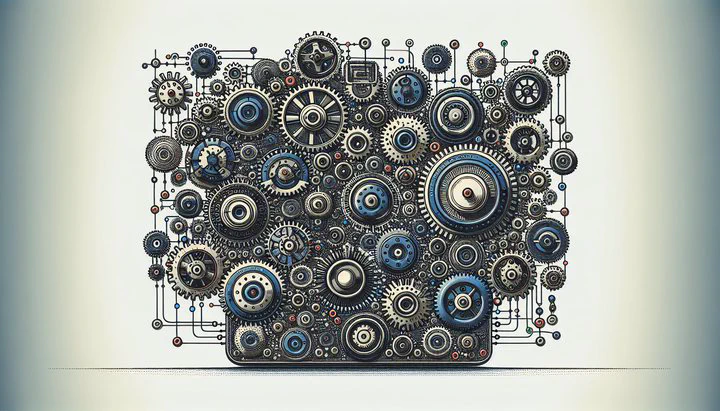Benchmarking a Dissimilarity Score

Benchmarking a Dissimilarity Score: Making Sense of Data Differences
Imagine you’re at a grocery store, trying to pick fruit for a fruit salad. You want to choose fruits that are similar in ripeness and quality. In the world of machine learning, this is similar to how computers use dissimilarity scores to tell how different or similar things are. These scores are like a digital scale for sorting and comparing data points.
Understanding Dissimilarity Scores
Have you ever played a matching game? You look for pairs that go together based on certain traits. Dissimilarity scores do something similar by measuring how different two items are. This helps computer models decide which pieces of data fit together. For example, teaching a computer to recognize animals requires it to use dissimilarity scores to tell a cat from a dog. If it guesses wrong, it might mean the scores need work.
Why is benchmarking a dissimilarity score important? Think of it as setting a goal in a game. It helps us know if our computer “brain” is getting better at solving puzzles. By checking these scores, we ensure our models are making accurate decisions. Whether it’s distinguishing animals or sorting emails, mastering dissimilarity scores makes models smarter and more reliable.
Benchmarking with K-Nearest Neighbors
Have you ever found the closest friend in a crowd? The k-nearest neighbors classifier (k-NN) does just that, using dissimilarity scores to find the nearest data points, or “neighbors.” Imagine you have a basket of fruits, and you want to classify a new one. The k-NN classifier looks at the nearest fruits and uses their traits to decide where the new fruit belongs.
To benchmark a dissimilarity score in k-NN, you first pick a distance metric, like Euclidean or Manhattan distance, to measure the space between data points. This helps see if the model is working well. For example, if you’re using k-NN to suggest movies, you check how well the model predicts what movies someone might like. By adjusting the dissimilarity scores, you can improve these recommendations.
In essence, the k-nearest neighbors classifier leans on dissimilarity scores to make predictions. By benchmarking these scores, you fine-tune your model to boost its accuracy, ensuring it makes smart decisions about data.
Evaluating Classifier Performance
When it comes to checking how well your model works, the multi-class Matthews correlation coefficient is like a report card. It evaluates the performance of the classifier by considering all possible outcomes, not just the correct ones. This score helps see how well your model handles different categories.
For instance, if you’re using a model to classify flowers, this coefficient shows how well it differentiates between roses, tulips, and daisies. If the model’s performance isn’t great, it might indicate that the dissimilarity scores need tweaking.
How does this relate to benchmarking a dissimilarity score? By using tools like the Matthews correlation coefficient, you can see how effective these scores are in helping your model. This evaluation tells you if your model is on track or needs adjustments.
Modeling the Sampling Distribution
Think of baking cookies: each batch might turn out differently. The sampling distribution is like checking each batch to see how they compare. When dealing with dissimilarity scores, modeling this distribution helps understand how scores vary across samples.
To model the sampling distribution of dissimilarity scores, take multiple samples from your data and calculate the scores for each. This shows how scores can change, helping you understand their stability and reliability. If scores vary too much, it might mean adjustments are needed.
Knowing the sampling distribution aids in making confident decisions with your data. It ensures scores are consistent, which is key for accurate predictions. Mastering this concept helps you handle data variability and create robust models.
Conclusion
In the end, understanding and benchmarking a dissimilarity score is crucial for building reliable machine learning models. These scores guide models in making smart decisions, whether it’s recognizing animals or recommending movies. By fine-tuning these scores and evaluating them with tools like the multi-class Matthews correlation coefficient, you enhance your model’s performance. This journey empowers you to tackle data challenges effectively, making your models smarter and more efficient in the real world.